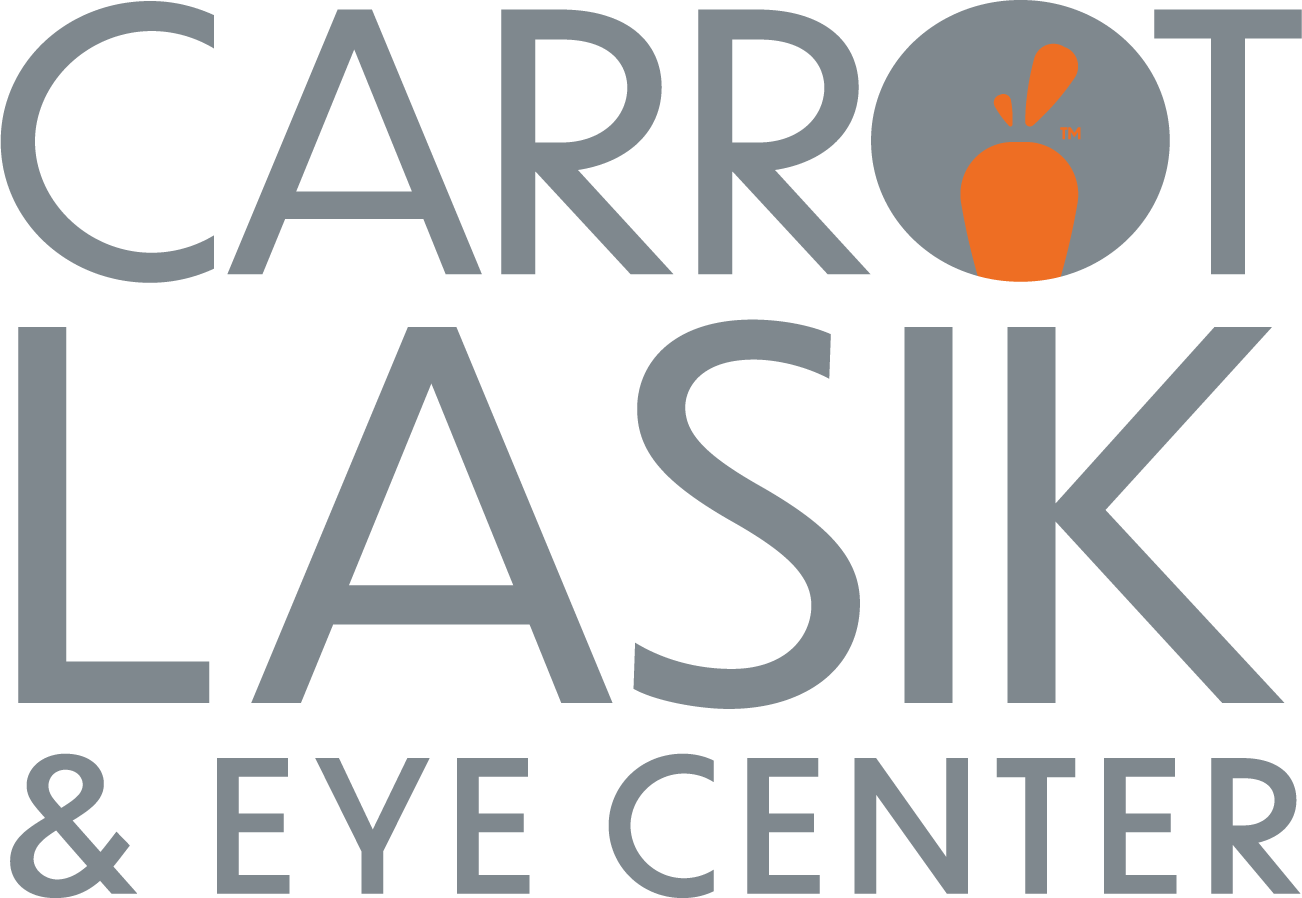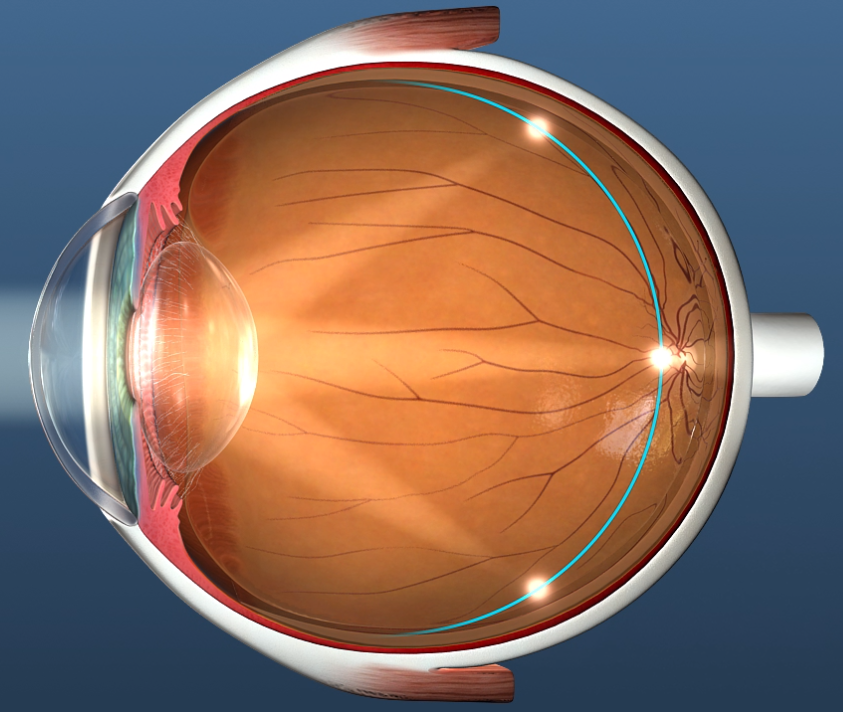Understanding Myopia (Nearsightedness)
Myopia, more commonly known as nearsightedness, is the leading cause of imperfect vision, affecting more than 1 BILLION people worldwide. By 2050, it’s estimated that this number may increase to over 5 billion people, or almost half the world’s expected population. Understanding myopia and its implications is more crucial than ever, especially with screens and small print dominating our lives. In today’s article, we’ll focus on the symptoms, impacts, and management of myopia.
So, What is Myopia?
Myopia is a refractive error that makes it difficult to see things clearly in the distance. It’s likely you’ve heard the term in its more common terms like nearsightedness or shortsightedness, because eyes that are myopic can see close-up more easily than distance.
“Perfect” vision occurs when light is perfectly focused onto the retina, the eye’s image receptor. People with myopia have an eye that is elongated in shape, resulting in light focusing in front of the retina instead of directly on it. This makes the world feel blurry and fuzzy, much like when a camera is out of focus.
Genetics are a significant factor in whether a person will develop myopia, though environmental factors, such as increased screen time and limited outdoor activities, also play a role in the development of myopia. Being a global concern, myopia affects individuals across all cultures and backgrounds.
Symptoms And Detection
Now that we know what myopia is, what should we look for and how do we diagnose it? Look at an object far away and squint. Did the object get clearer? This could be a sign you have myopia. Blurry vision when looking at distant objects, the need to squint to see clearly, headaches, eyestrain, and even fatigue when driving are all common symptoms of myopia.
If you are experiencing any of these symptoms, get into your eye doctor for the next step: detection and diagnosis. Regular eye exams are essential for early detection. Your eye doctor and their technicians will use tools like visual acuity tests and refraction exams to help determine the severity of myopia and provide you a path back to seeing the best you can.
Complications and Impact
Left untreated, myopia can lead to several complications. Higher levels of myopia add to the risk of retinal detachments, glaucoma, and cataracts, potentially resulting in partial or complete blindness. Medical concerns, aside, untreated myopia can impact daily life, affecting academic performance and the ability to participate in sports or outdoor activities.
Managing Myopia
Myopia is treatable and you will have several options to choose from to restore your sight. Eyeglasses and contact lenses are effective choices, though your eye doctor may also recommend convenient surgical intervention such as LASIK, SMILE, or an Implantable-Collamer Lens (ICL). All of these treatment plans can be customized to best suit your needs.
Newer treatments, such as Orthokeratology and Atropine eye drops may also be prescribed by an eye care professional to slow down myopic progression. Orthokeratology (Ortho-K) involves wearing a special contact lens at night that reshapes the cornea. Atropine eye drops, more commonly treat amblyopia (lazy eye) and to dilate the pupil before eye exams, are currently being studied to reduce myopia’s progression.
Lifestyle changes, such as spending more time outdoors and properly regulating screen time, can also help mitigate the advancement of myopia.
Myopia in Children
There is growing evidence that more people will be born or develop myopia. In 2010, about 27% of the world populace could be diagnosed with myopia. That figure is expected to rise to nearly 50% by 2050. Increased screen time, the reduction of outdoor play, and early academic pressures all contribute to this trend.
The earlier intervention the better, so parents are encouraged to manage these factors by decreasing screen exposure, promoting outdoor activities, and ensuring their child has regular eye check-ups to catch and manage myopia in its early stages. A child’s first eye exam should be around 6 months of age, and then annually thereafter.
What’s Next for Myopia Management?
Myopia research and treatment is constantly evolving. LASIK, first performed in 1988, is now being used in millions of cases each year. Newer technologies and safety measures have resulted in LASIK being extremely low risk and the safest elective procedure with the largest impact on the improvement of daily life.
Ongoing research shows promising signs in other innovative treatment options, like specialized contact lenses and even pharmaceutical interventions.
Conclusion
Myopia is globally spread and increasing in occurrence, demanding our attention. By understanding the causes, symptoms, and impacts, we can take steps to manage and control its progression. Regular eye exams and lifestyle changes are essential in addressing myopia and treatments are widespread and very effective. Don’t forget to call and schedule your annual eye exam. Remember, your vision matters so take the steps necessary to protect the gift of sight.




